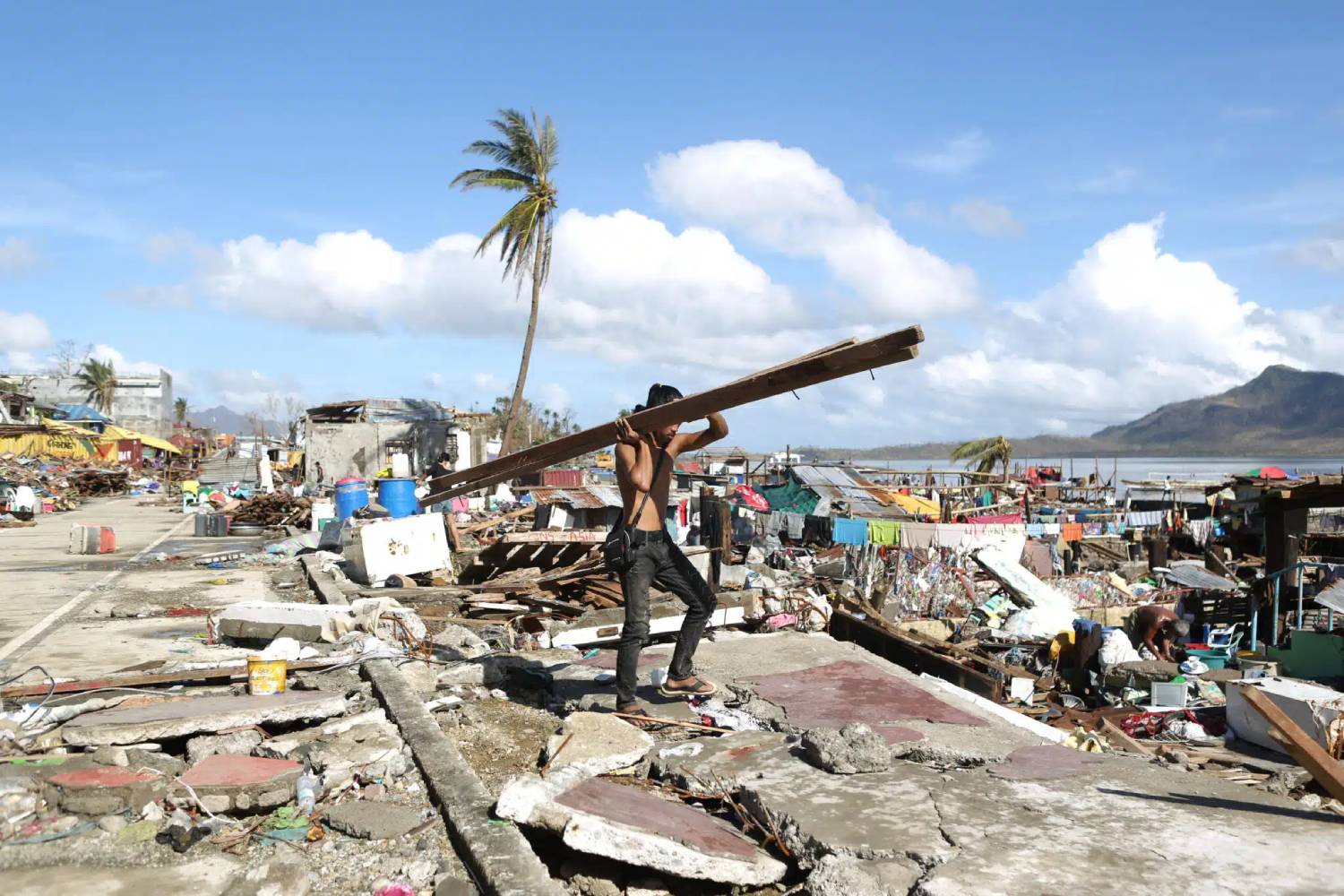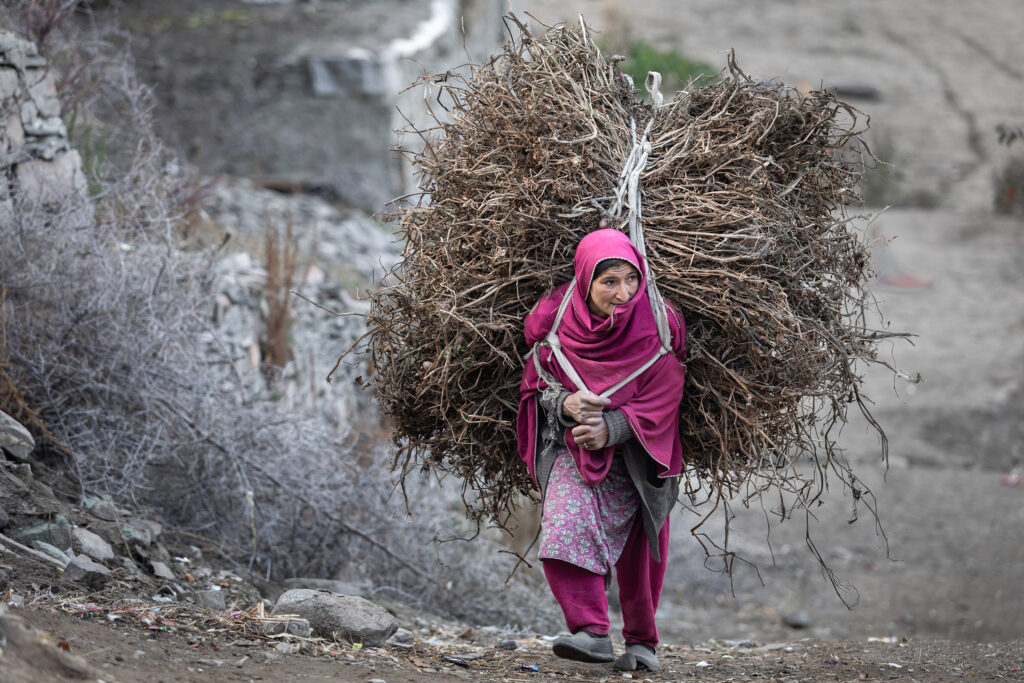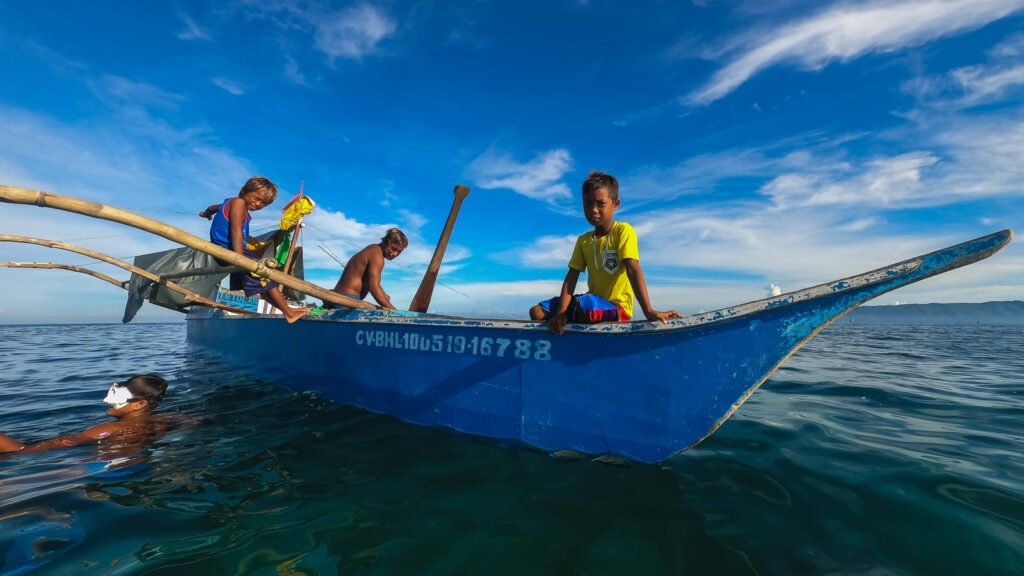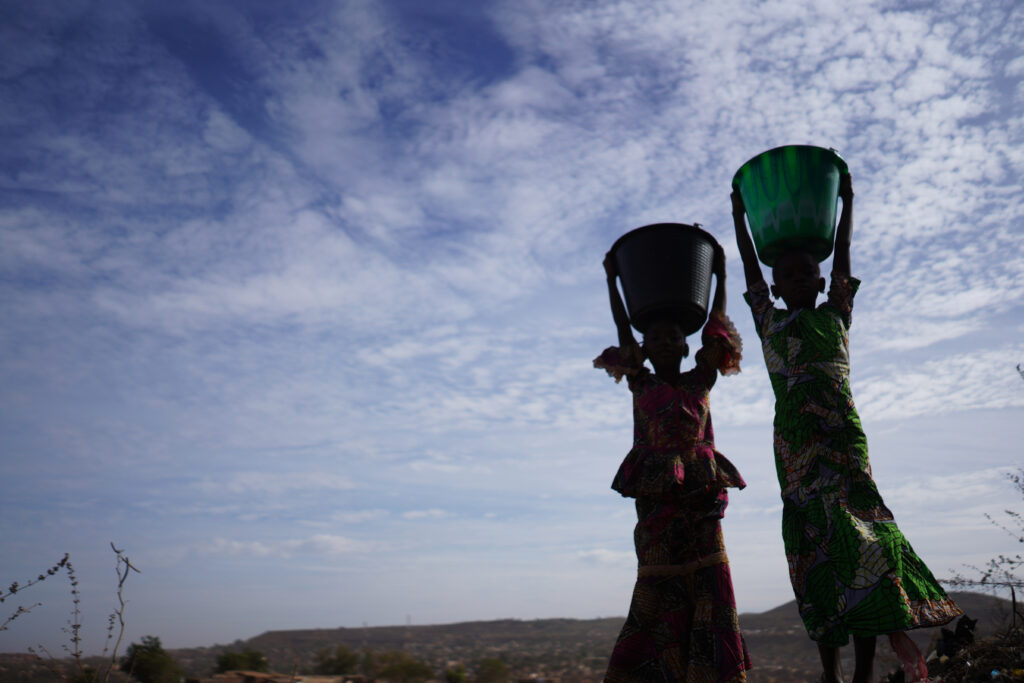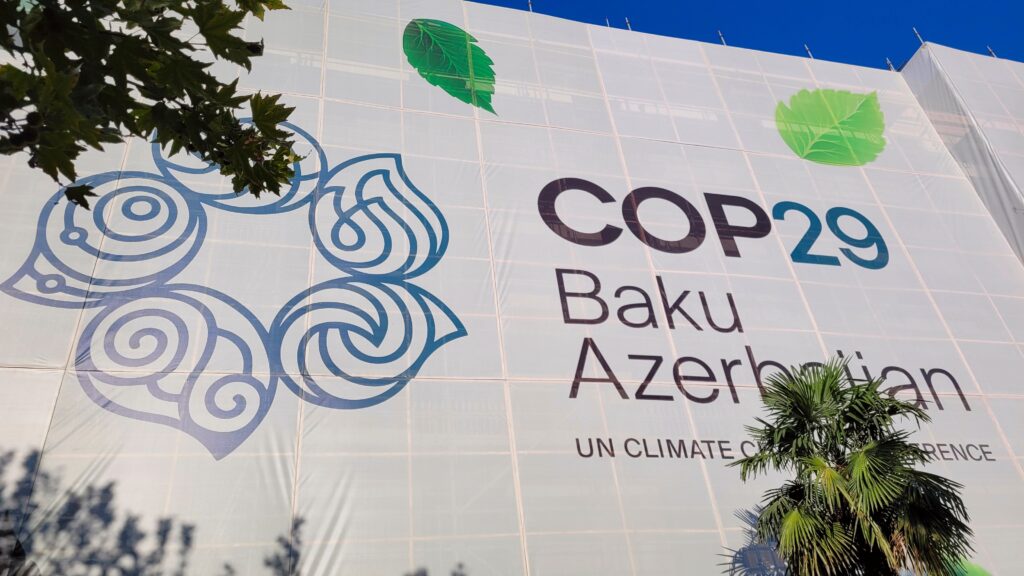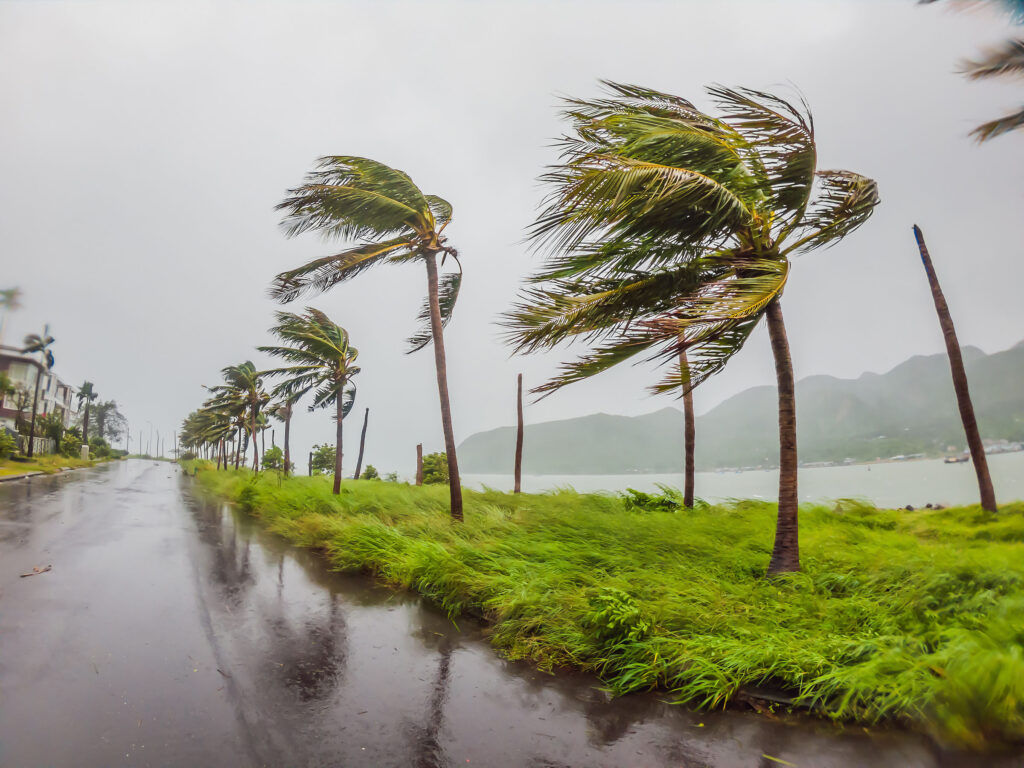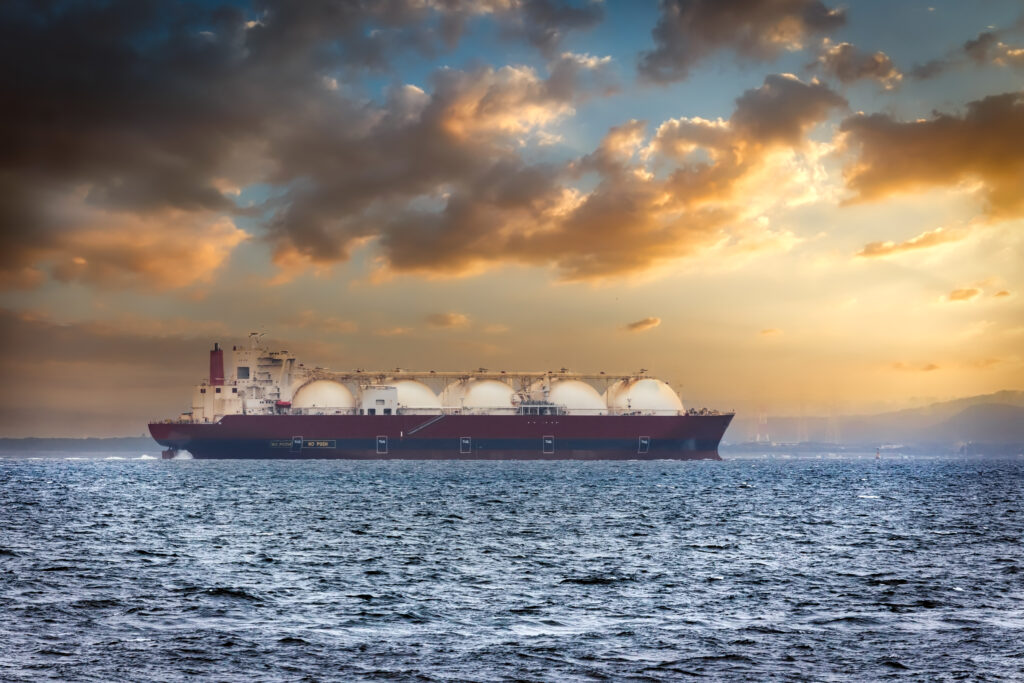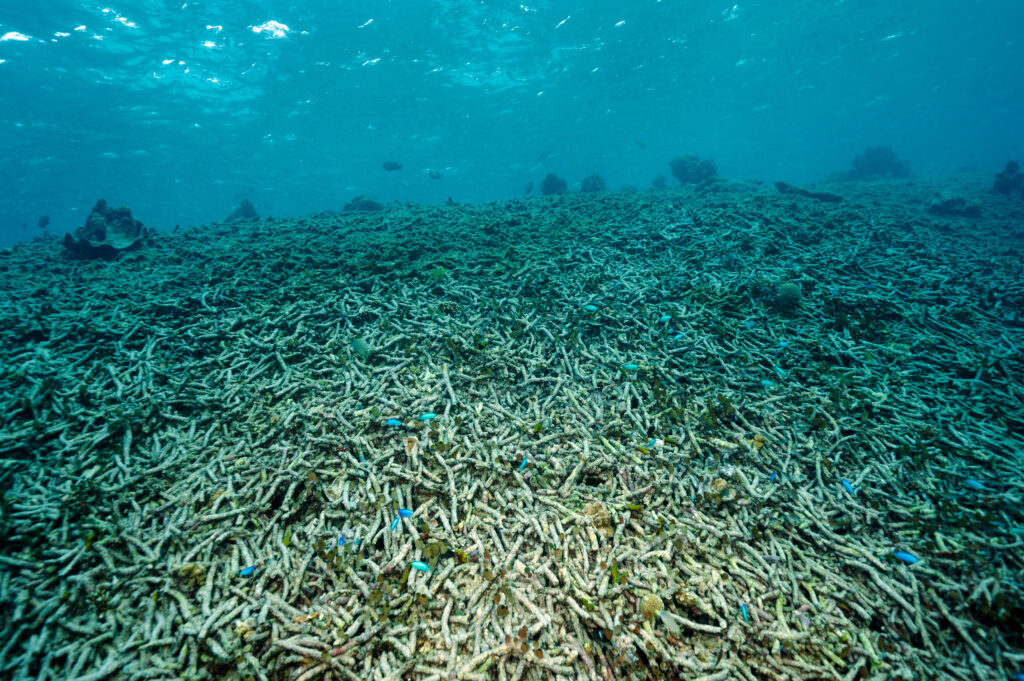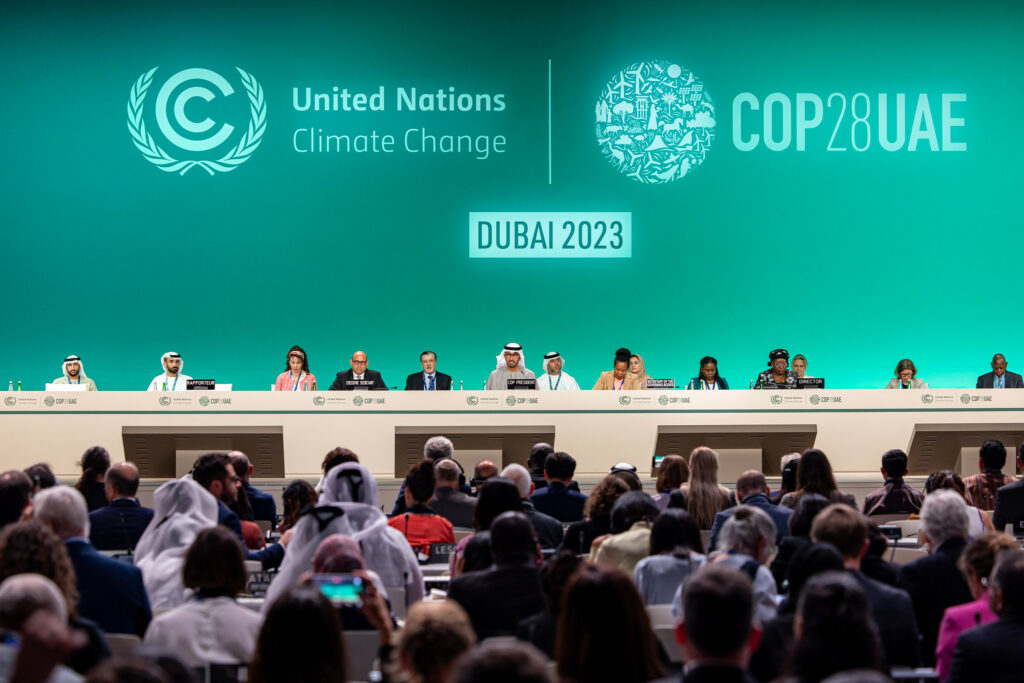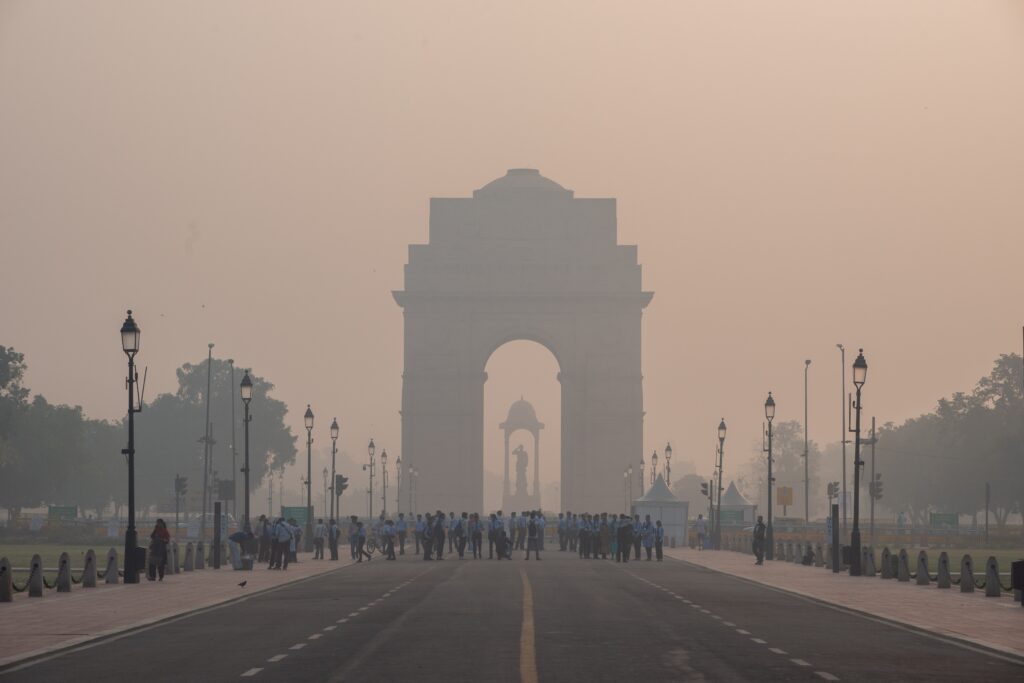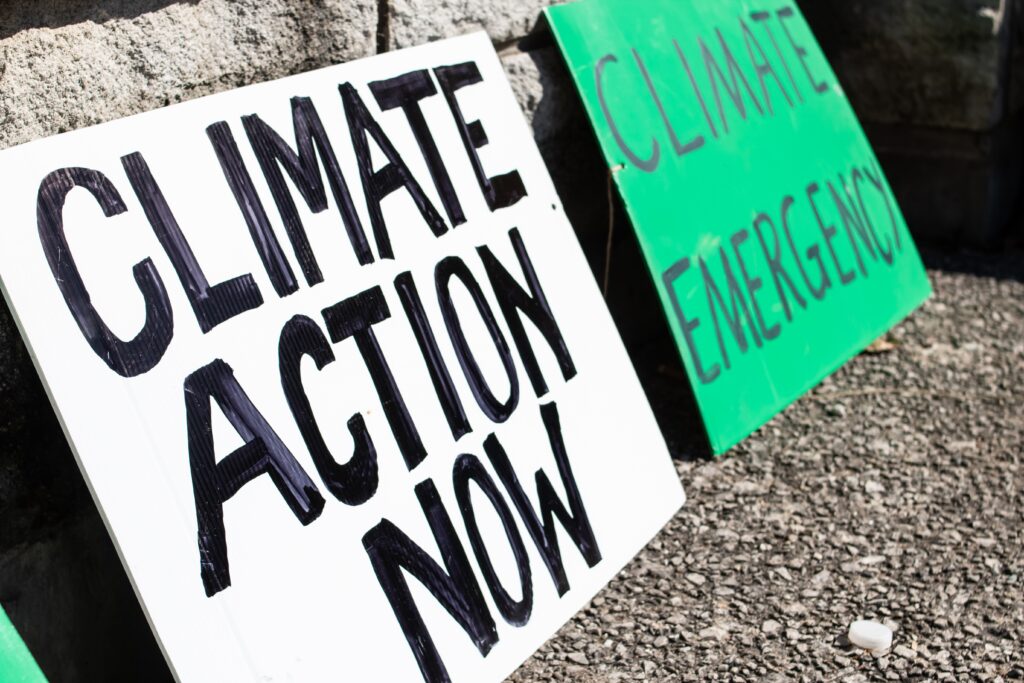Typhoons in the Philippines are known to pulverise the island nation. On October 28, 2022, severe Tropical Storm Nalgae, locally known as Paeng, hit the Philippines. Roads on the Philippine island of Mindanao were turned into wind tunnels, with jets of rainwater powered by 95 km/h winds slapping the pavement. In some areas, water rose metres high, leaving only the roofs of houses visible. Landslides poured down from the mountains, snuffing out the villages below and suffocating fields of crops. Nalgae left at least 98 people dead and million of others affected.
And climate change is making tropical storms worse. Following the release of an Intergovernmental Panel on Climate Change (IPCC) report in March, Lourdes Tibig, a Filipino climatologist and lead author of two IPCC reports, said, “The latest IPCC report affirms that dangerous climate change has already set in, judging from the increasingly severe impacts of extreme events and rising losses and damages from slow onset events.”
What Are Typhoons?
The term “typhoon” refers to a tropical cyclone with winds above 119 km/h and outside of the northwest Pacific, a typhoon is commonly called a hurricane, or tropical cyclone.
The Philippines is one of the most vulnerable nations in the world to natural disasters like typhoons, in large part due to climate change.
Climate Change’s Destructive Effects and Super Typhoon
Dr William Holden from the University of Calgary, a climate researcher who has worked extensively on the Philippines, wrote: “The principal process through which climate change engenders stronger typhoons are the elevated temperatures of the world’s oceans.” Dr Holden says that as surface temperatures rise, the ocean provides more energy to the systems that create super typhoons.
“Normally, during a tropical cyclone, the disturbance of the ocean’s surface causes an upwelling of cold water from below the surface; as this happens, sea surface temperatures decline, thus acting as a natural break on tropical cyclone strength.”
Yet, according to Holden, research illustrates that the temperature of the world’s oceans has risen by 0.75°C at the depth of 75 m below the surface. Moreover, experts estimate that by the year 2100, even moderate-intensity typhoons will increase in power by 14%.
Why Is the Philippines Prone to Typhoons?
According to Alliance Development Works’ World Risk Report 2014, the Philippines is among the countries in the world most at risk to natural hazards and climate change, second only to Vanuatu. This vulnerability is due in large part to the very high number of Filipinos living close to the sea. The Philippines has the second-largest number of coastal populations exposed to climate risks of any country. While it is known that climate change generates stronger typhoons, it also causes sea-level rise and contributes to higher storm surges. This makes coastal populations incredibly vulnerable.
Philippines – Most Disaster Prone Country in the World
In 2022, the World Risk Index put the Philippines at the number one spot as the most disaster-prone country in the world. The WRI gave the country such a rating because of its high risk, exposure and vulnerability. Meanwhile, an average of 20 typhoons enter the Philippines annually.
But, the devastating impact of typhoons on the Philippines is not only due to climate change-induced warming. Poverty and underdevelopment also make the county vulnerable to disasters.
According to Dr Alfredo Mahar Francisco A. Lagmay, a professor at the National Institute of Geological Sciences in the Philippines, “Disasters are manifestations of unresolved development problems. Poor planning of communities makes people more vulnerable to the impacts of natural hazards. As a consequence, the development of the community is also hindered with more remaining poor and highly vulnerable.”
“There is no such thing as ‘natural disasters’”, Lagmay wrote in an email to Climate Impacts Tracker Asia, adding that “disasters only result from poor planning and preparation of the community”.
Tropical Cyclones and the Damage Caused in the Philippines
Lagmay noted that in terms of economic damage from typhoons, there have been about 50 billion pesos (more than USD 897 million) lost each year from hydrometeorological hazards, such as typhoons. The damages and losses from disasters eat up 0.5% of the Philippine annual GDP – a significant number.
“It affects economic progress and hinders efforts to alleviate poverty and attain most of the sustainable goals,” Lagmay said.
Response, Progress and Solutions for Typhoons in the Philippines
“Over the last decade, there has been significant progress in the country’s disaster risk reduction efforts as seen from the lowered average number of fatalities,” Lagmay said.
He pointed out that the average number of fatalities from hydrometeorological hazards went down significantly from 1,253 per year for the period 1986-2013 to 284 per year from 2014-2022.
Yet, there is plenty more work to be done to protect the Philippines from the catastrophic effects of typhoons.
Lagmay said that the guidelines in Why Invest in Probabilistic Risk Assessment? – a document published by the United Nations Office for Disaster Risk Reduction that addresses the intensifying impacts of climate change – must be implemented.
“If we plan communities with climate change scenarios, then that is what is truly called climate change adaptation,” says Lagmay.
And recourse to sustainable methods – those that nature already provides – is the best antidote for typhoon-induced damage.
“One that I can think of immediately is mangrove [forest] protection to reduce the impacts of storm surges. Nature-based solutions are always the least costly and most effective in the long term,” Lagmay said.
Holden, from the University of Calgary, added, “Unfortunately, the Philippines has suffered extensive deforestation.” He added, “The crucial thing is preventing deforestation because forests take energy out of tropical cyclones when they make landfall, and they reduce runoff.”
Sam Kimball
Journalist, Tunisia
Sam is a freelance reporter, writer, communications consultant and social researcher for a variety of clientele including The Intercept, Foreign Policy, TIME, The Guardian, the Associated Press, Unicef, World Food Program and more. He has been based across the Middle East and North Africa for ten years. Sam hails from Warwick, New York, and studied anthropology and creative writing at the City College of New York and Middle East politics at New York University. He speaks English, French, Standard Arabic and multiple Arabic dialects, basic Kurdish, and has recently started studying Spanish.
Sam is a freelance reporter, writer, communications consultant and social researcher for a variety of clientele including The Intercept, Foreign Policy, TIME, The Guardian, the Associated Press, Unicef, World Food Program and more. He has been based across the Middle East and North Africa for ten years. Sam hails from Warwick, New York, and studied anthropology and creative writing at the City College of New York and Middle East politics at New York University. He speaks English, French, Standard Arabic and multiple Arabic dialects, basic Kurdish, and has recently started studying Spanish.

